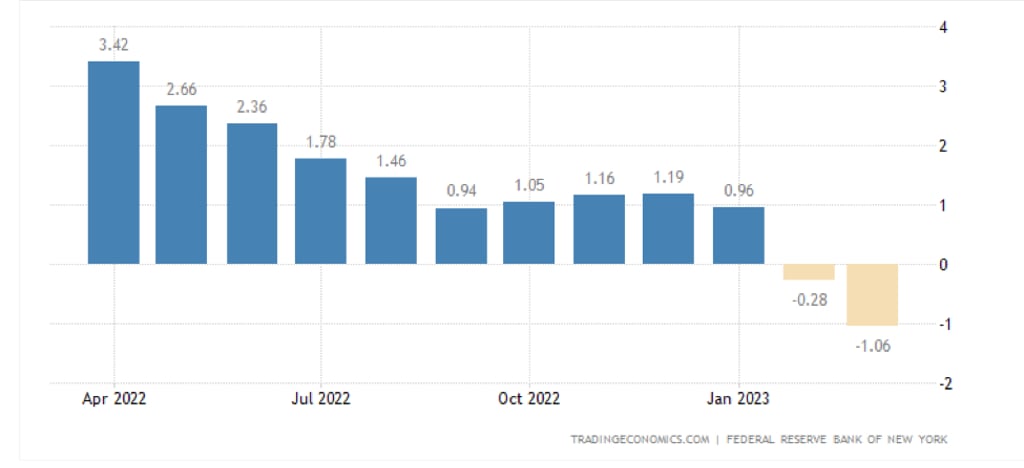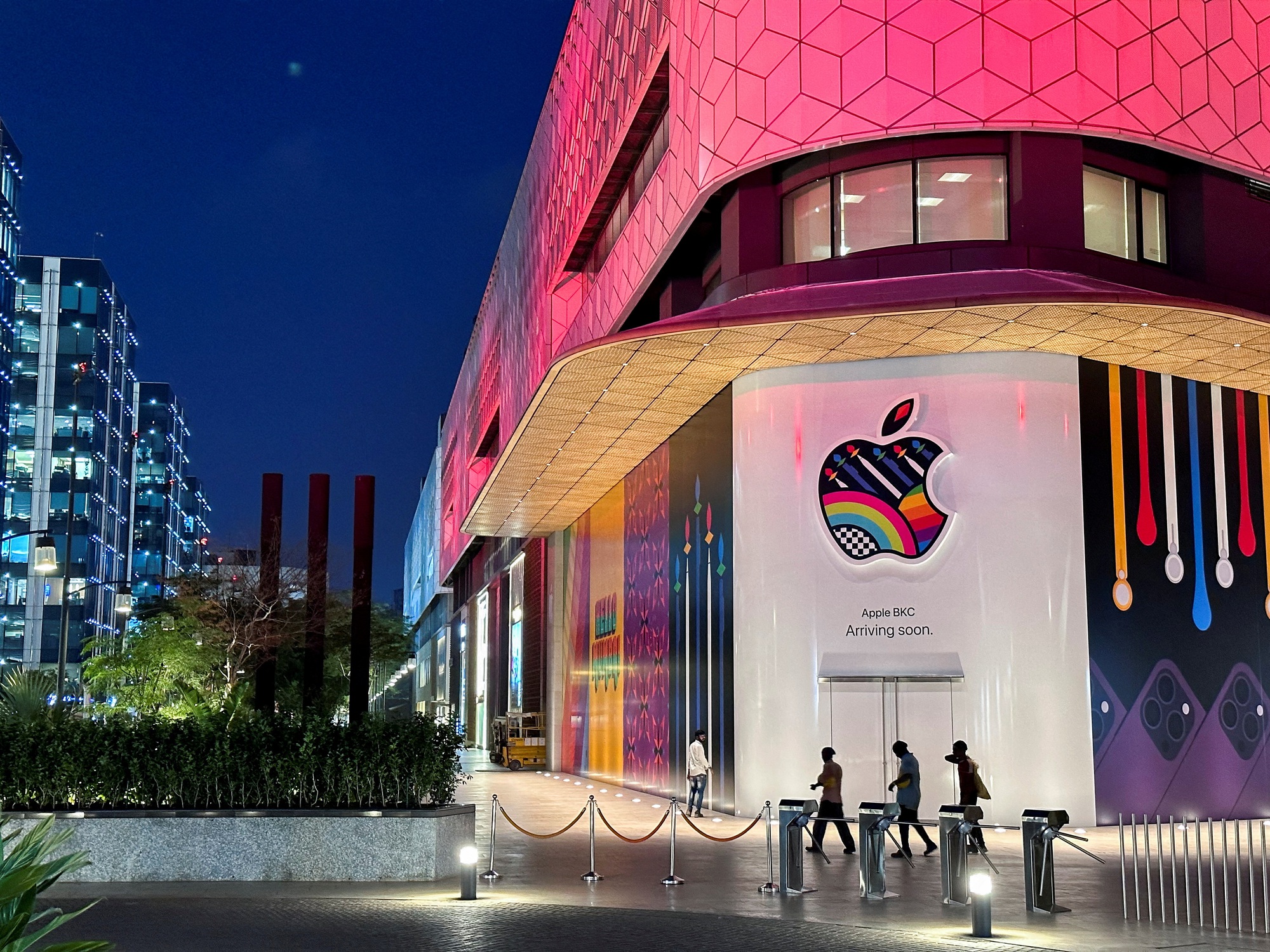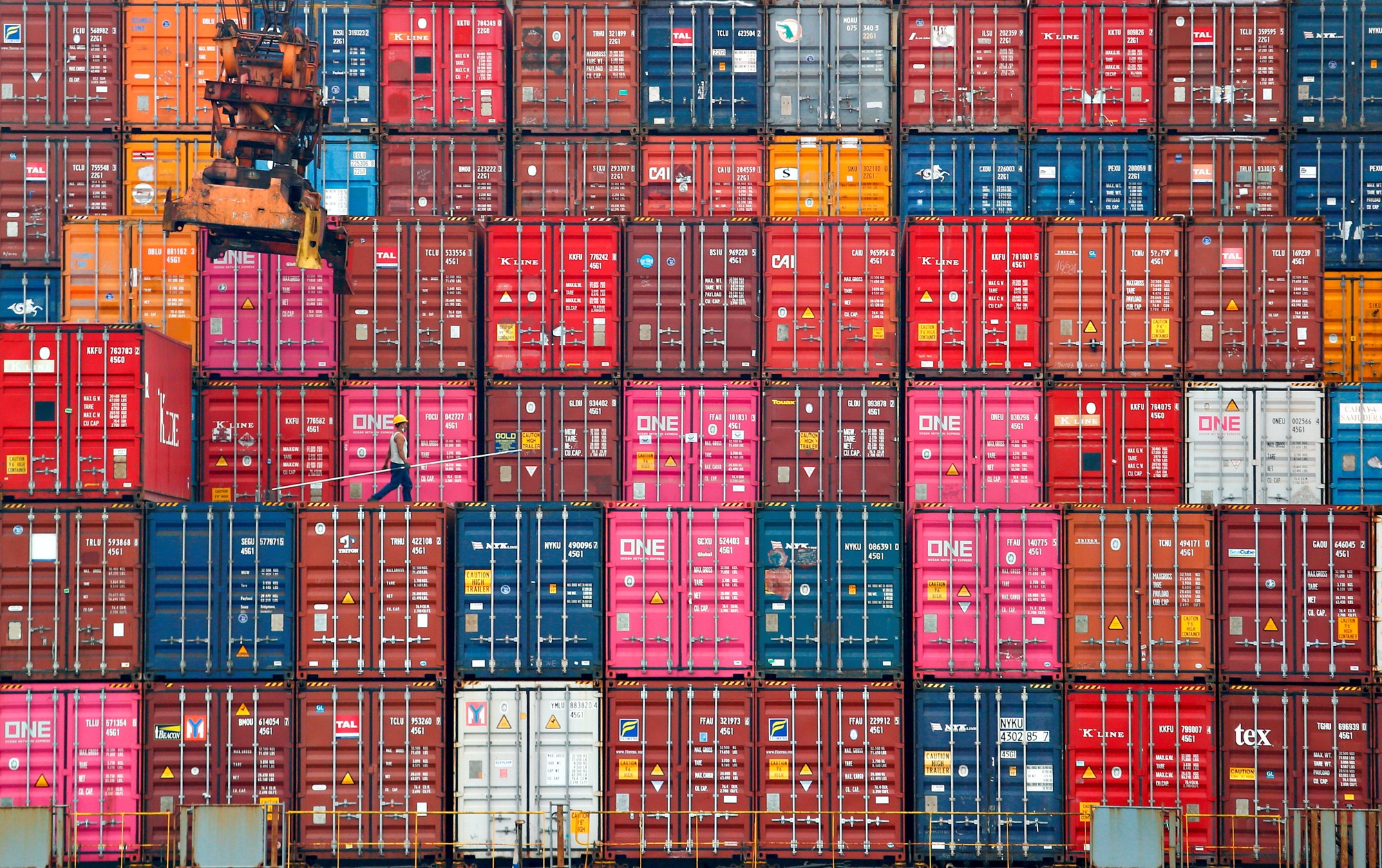Tensions in global supply chains eased earlier this year, to near pre-Covid-19 levels, signaling the end of three years of product shortages, port congestion and shipping disruptions and a sign of stability ahead, according to The Wall Street Journal .
In February, the New York Federal Reserve released new data showing that the Global Supply Chain Stress Index (GSCPI) had fallen to minus 0.28, the same level as before the Covid-19 pandemic. By March, the GSCPI continued to fall to minus 1.06, the lowest level since August 2009.

The Global Supply Chain Stress Index fell to -1.06 in March.
The GSCPI is calculated based on manufacturing and transportation data to provide a snapshot of the potential for supply chain disruptions. Based on this index, industry experts say normalcy is returning. However, the “difficult experiences” of the past pandemic years and geopolitical shifts around the world have led to profound and potentially lasting changes in the way companies manage the flow of goods, from sourcing to manufacturing and distribution.
The changes are evident from factories in India to auto assembly plants in northern Mexico, ports from the southeastern United States to East Africa and mines in Canada and Sweden. Here, companies are prioritizing the principles of resilience, regionalization and supplier diversification that came to the forefront when dealing with the severe disruptions to global supply chains when the pandemic hit in early 2020.
Expert Patrick Van den Bossche at global consulting firm Kearney (USA) commented that tensions have eased and supply shortages are less, but things cannot return to normal and a lot has changed.
Is the economic polarization between Russia and China and the West becoming increasingly clear?
Reshape
Industry experts say that post-pandemic supply chains are reshaping towards regionalization (meaning production is closer to consumption), expanding the network of suppliers globally to avoid dependence on a single market, and automating everything from warehousing to raw material sourcing. These changes will help the supply chain develop sustainably, not being affected by disruptions like the recent pandemic.
The most visible changes are companies relying less on Asia, especially China, and more automation in keeping assembly lines and warehouses running. Apple is shifting some smartphone production from China to India. Toymaker Mattel is expanding its operations in Mexico. Even Chinese electronics maker Hisense Co. is looking to produce devices in Mexico for the U.S. market.

Apple Store in Mumbai, India
Longer-term changes will have a far-reaching impact on how companies source raw materials and components, choose where to manufacture goods, and ship finished products to consumers, analysts say. It would be the biggest shift in supply chain management since China joined the World Trade Organization in 2001, ushering in a new era of globalization.
Companies are moving to a more resilient model, Van den Bossche said. The gradual reduction in reliance on supply chains from China is really just beginning, and companies are still trying to figure out how best to operate.
Consultant Rick Gabrielson, former senior director of transportation at US retailers Target and Lowe's, said many companies are taking a hard look at their sourcing strategies to avoid relying on a single country or supplier. Diversifying suppliers will increase costs but is necessary for the company's future growth. However, Gabrielson also noted that this process will not happen overnight and companies will gradually adapt over time. They will use more safety stocks while managing risk in other ways, such as choosing more suppliers. In addition, a greater regionalization of production will also help reduce the risk of supply shortages because supply chains are not as far apart.

Many companies are taking a hard look at their sourcing diversification strategies in the wake of the Covid-19 pandemic. Containers at a port in Jakarta, Indonesia in January 2021
In March, at the University of Pittsburgh Supply Chain Management Symposium, Heidi Landry, Director of Healthcare Technology Procurement at Johnson & Johnson, said that her company was assessing risks in its global supplier network following the recent supply chain disruptions caused by the Covid-19 pandemic. This is to avoid risks and maintain the continuous supply of medicines and medical devices globally.
Professor Yossi Sheffi, director of the Center for Transportation and Logistics at the Massachusetts Institute of Technology (USA), said that the application of technology during the pandemic to speed up the production and transportation of goods will have a lasting impact on the supply chain. Notably, after the Covid-19 pandemic, consumer goods companies quickly adjusted their supply chains by cutting product lines, resetting supplies and using other tools to recover. Businesses have "learned a lot of things they thought were impossible" and this is the most important thing.
However, experts also point out that reshaping global supply chains is also facing many challenges, especially how to meet environmental regulations and efforts to reduce carbon emissions. Sustainability will also add complexity and costs.
Positive signs from the beginning of 2023 until now show that the global supply chain is recovering and being reshaped towards "nearshore, automation, supplier diversification and sustainable development". It can be seen that the losses caused by supply chain disruptions due to the Covid-19 pandemic, especially from the Chinese market, as well as recent geopolitical fluctuations are strong levers forcing the global supply chain to reshape to meet the requirements of global trade in the new era.
Source link






































































































Comment (0)